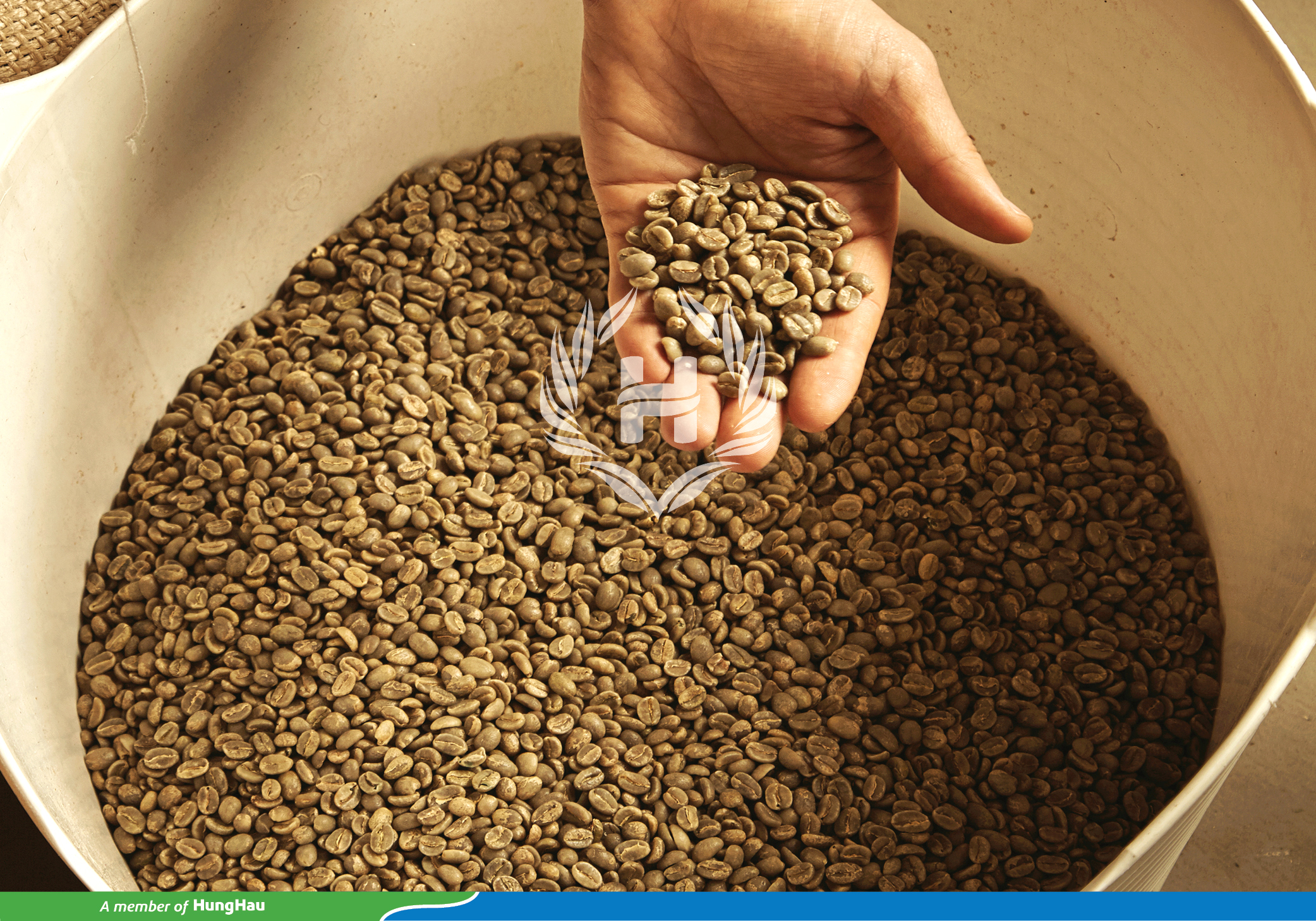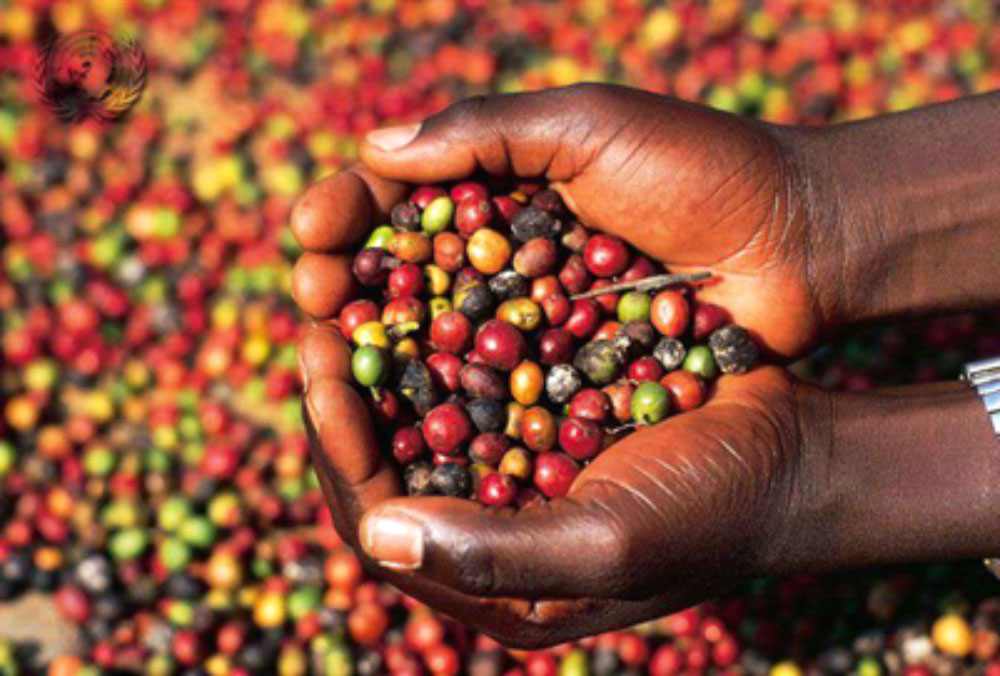Export coffee prices have increased, but Vietnamese coffee has gradually dried up, with not much in stock. The Vietnam Coffee Association (Vicofa) said that Vietnam’s coffee export volume in the 2023–2024 crop year is estimated to decrease by 20% compared to the previous crop year, to 1.336 million tons.
Due to the impact of climate change, in Vietnam this year’s dry season comes earlier than usual, and prolonged hot weather causes water levels at dams in some provinces to rapidly decrease. Fears that drought could affect crops caused coffee prices to increase sharply in the past week.
It is forecast that from at least now until May 2024, prices will not show signs of cooling down because the amount of goods from Brazil and Indonesia cannot compensate. In addition, there are concerns that recent heavy rains in Brazilian-growing areas may have caused damage to coffee trees, pushing Arabica up to 12% in the past week.
Commenting on coffee prices this week, expert Nguyen Quang Binh said that there are many disadvantages to the increase. Because the amount of short-selling on the two exchanges is too much. Besides, inventory on the floor also increased last week.
Buy high price, sell low price: That is the sharing of Mr. Phan Minh Thong, Chairman of the Board of Directors of Phuc Sinh Joint Stock Company, about the situation of most coffee processors and exporters today when coffee prices escalate. . Specifically, in November 2023, the price of raw coffee fluctuated between 59,000 and 60,000 VND/kg, but just one month later, it jumped to 69,000 VND/kg, and by the beginning of this year, it had exceeded 80,000 VND/kg.
The price increase for this agricultural product has not stopped. In March 2024, the price jumped to more than 95,000 VND/kg. Thus, after only 5 months, coffee prices have increased by more than 61%. This is the largest increase for this item ever.
Faced with the “dizzying” price increase of coffee, Mr. Phan Minh Thong said, many farmers and gardeners limit large quantity deliveries even though they have previously agreed on prices with businesses, leading to processing companies. variable, exports lack raw material supply or are forced to buy more at higher prices to ensure delivery to foreign partners in accordance with signed export contracts.
For each ton of coffee exported like this, businesses lose tens of millions of dong, and signed coffee export contracts often amount to hundreds, even thousands of tons, so processing and exporting businesses suffer losses. great harm.

“Buying raw materials at high prices according to the market, but selling prices of products is not easy to increase accordingly. By buying at high prices and selling at low prices, businesses fall into heavy losses,” Mr. Thong expressed. Similarly, Mr. Nguyen Ngoc Luan, director of agricultural coffee brand Meet More, said that the price of raw coffee has doubled in recent months, making businesses unable to keep up.
“The time from signing the contract to delivery is about 7 months. The contract was signed for a whole year with an old purchasing price of about 50,000–60,000 VND/kg. We must comply with the contract, even though we are selling at a price 5–10% lower than production costs.”
Mr. Luan shared the current situation of the business.
According to Mr. Luan, the company has never been in such a difficult situation as it is now, when the more it sells, the more it loses money. Enterprises do not dare import raw materials to reserve when prices are high, but only import enough quantity to deliver signed orders. “Currently, we do not dare to sign new low-priced orders,” Mr. Luan said.
Meet More plans to continue to “bear losses” until the end of June this year, complete signed contracts to maintain reputation, and prepare to change quotes with customers according to the raw material price situation in July 2024.
Huge demand, but short supply: Explaining the reason for the rapid increase in coffee prices, Mr. Nguyen Hai Nam, Chairman of the Vietnam Coffee-CCocoa Association (Vicofa), said that due to the impact of changes Due to climate change and the El Nino phenomenon, coffee production has decreased. Particularly in Vietnam, in the 2023–2024 crop, output will decrease by about 10%.
Conflicts around the world and tensions in the Red Sea region have increased shipping costs and other costs, also pushing up coffee prices. In addition, many investors around the world began to choose coffee for speculation (after oil and gold), causing coffee prices to increase sharply.
Meanwhile, the coffee inventories of production and processing enterprises from the previous season are low, leading to a low balance.
There is a large gap between supply and demand. According to Vicofa Chairman, coffee prices show no signs of cooling down in the coming time, so businesses need to continue to closely monitor market developments to balance product sources and come up with reasonable buying and selling strategies.
Referring to the issue of supply and demand, Ms. Van Thi Loan, Director of Real Bean Coffee Company Limited, informed us that the demand for Robusta coffee is increasing in many countries around the world instead of only specializing in Arabica coffee. In particular, in China, in recent years, people have also switched from drinking tea to drinking coffee, contributing to increasing the demand for raw coffee.
Ms. Loan analyzed that Vietnam still dominates the supply of coffee raw materials in “only one market,” so the price of raw coffee has not decreased immediately. However, after April, the Brazilian and Indonesian markets will return to stock, and there will likely be a market correction.
Source: Tincaphe.com



 Tiếng Việt
Tiếng Việt